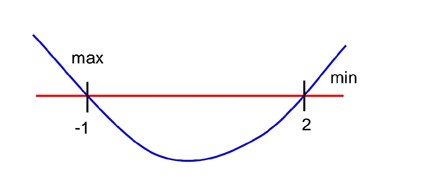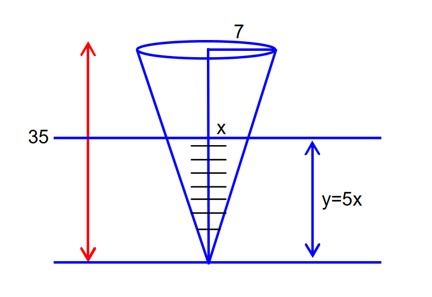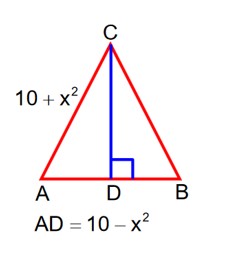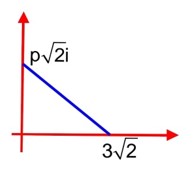Application of Derivatives
Get insights from 282 questions on Application of Derivatives, answered by students, alumni, and experts. You may also ask and answer any question you like about Application of Derivatives
Follow Ask QuestionQuestions
Discussions
Active Users
Followers
New answer posted
3 months agoContributor-Level 10
……. (i)
……. (ii)
Touches x-axis at P (-2, 0)
……… (iii)
Touches x –axis at P (-2, 0) also implies
……… (iv)
y = f (x) cuts y-axis at (0, 5)
Given,
……. (v)
From (iii), (iv) and (v)
f (x) = 0 at x = -2 and x = 1
Local maximum value of f (x) is at x = 1
i.e.,
New answer posted
3 months agoContributor-Level 10
y5 – 9xy + 2x = 0
differentiate 5y4 – 9x
For horizontal tangent
For vertical tangent ->
->m = 0, N = 2
Taking an Exam? Selecting a College?
Get authentic answers from experts, students and alumni that you won't find anywhere else
Sign Up on ShikshaOn Shiksha, get access to
- 65k Colleges
- 1.2k Exams
- 679k Reviews
- 1800k Answers





